Catching Cold Water Reservoir Bass with Grae Buck
Catching cold water reservoir bass is something FLW Tour angler Grae Buck knows a thing or two about. Regardless if a reservoir is a few hundred or a couple hundred thousand acres, reservoir bass follow a similar pattern throughout the cold season. Buck knows this and chases them in, “They follow the bait right into the creeks. Normally the main forage is shad, but it could be any kind of minnow.”
Find Reservoir Bass in Feeder Creeks
A feeder creek is any flowing stream that drains into the reservoir. “As the water cools, bait go to the back of feeder creeks,” Buck asserts, but not all creeks have the key ingredient. “This time of year, many creeks are dry or have very little water flow. These are the ones you want to avoid.” He explains, “The flowing water brings nutrients to the reservoir and gets the food chain active.”
"This time of year, many creeks are dry or have very little water flow. These are the ones you want to avoid. The flowing water brings nutrients to the reservoir and gets the food chain active."
An ecosystem chain reaction ensues: “Shad and other bait fish eat these nutrients.” The bass then eat on them. To find the best creeks Buck admits, “I lean more heavily on my eyes than a good graph this time of year. If bait are in the creek so will the birds. Cormorants, loons, seagulls, and other diving birds are a sure sign bait is present, and bass will be too.”
If a feeder creek is void of birds, he will motor to a new creek without making a single cast. If birds are present, he will use his electronics to look for balls of bait, “A lot of the time, balls of bait will look like clouds. The bass will appear as big arcs below the balls of bait. This clues me into the depth of the bass.”
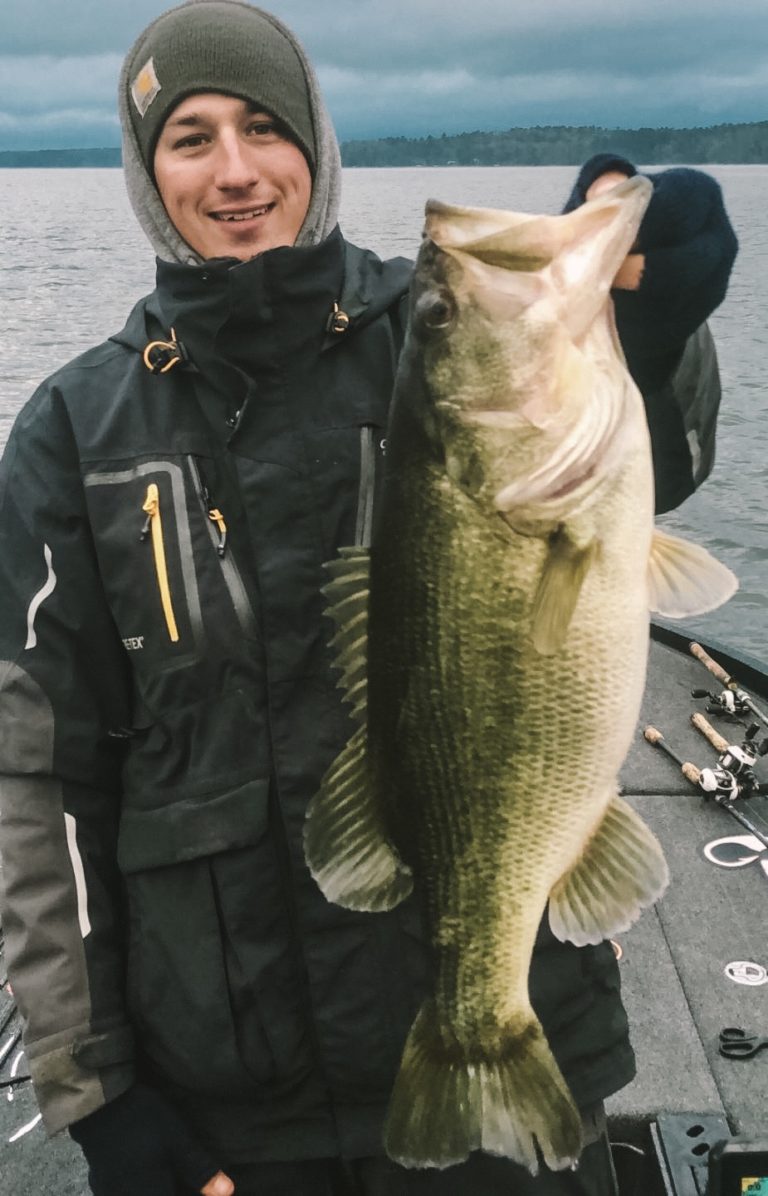
“I lean more heavily on my eyes than a good graph this time of year. If bait are in the creek so will the birds. Cormorants, loons, seagulls, and other diving birds are a sure sign bait is present, and bass will be too.“
3 Baits to Catch Feeder Creek Largemouth Bass
Vibrating Jig
Buck begins probing a creek with a vibrating jig. “I prefer the Jackhammer by Z-Man.” He shares, “Normally I throw a white one with a silver blade. I match it up with a white Z-Man Razor Shad for a trailer. If bass are high in the water column, I use a 3/8-ounce model. If they’re deep, I’ll use a ½ ounce.”
“On top of the weight, my retrieve helps keep my bait in the strike zone,” Buck said. “If I see on my graph that the bait is 6 feet deep and the bass are under them, I use a slow retrieve to keep my bait 6-7 feet deep. But if they are higher up, I use a faster retrieve. This is one of the reasons the vibrating jig is so versatile – you can work it effectively in different depths.”
Jerkbait
Buck’s second choice is a jerkbait. His favorite is a Megabass Vision Oneten, but most times any 4-6 foot diver will suffice. “If the water is above 55-degrees, I use a fast retrieve, because the fish are going to be active. But if it is colder, a jerk, jerk, pause retrieve normally works.”
“If I see baitfish activity, which could be very subtle dimples on the water, I know the fish are active and I pick up the retrieve.”
He warns to keep an open mind, “Even with water in the 40’s, fish could be active, so a retrieve without a pause could be best, and just the opposite in warmer water.” Again, keen observation can clue him in, “If I see baitfish activity, which could be very subtle dimples on the water, I know the fish are active and I pick up the retrieve.”
Topwater
Topwater is Buck’s third choice, but also his favorite. “It’s hard to beat a topwater strike!” If he sees or senses fish are active on top of the water column, he will give topwater a shot. Normally, he uses a spook-style prop.
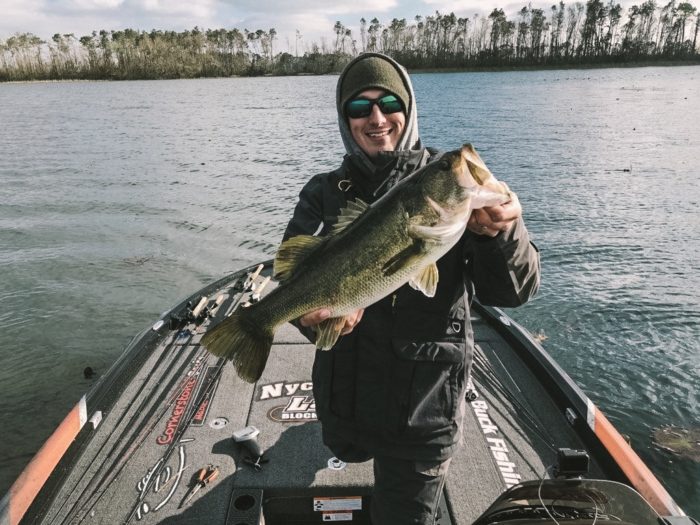
“I am partial to a Hayabusa hook, and I’ll typically switch out the factory hooks for #2 Hayabusa’s.”
“During this time, it is common for fish to slap at a topwater instead of eating it, so I use models with 3 hooks. This improves the hook up ratio.” Quality hooks are important too, “I am partial to a Hayabusa hook, and I’ll typically switch out the factory hooks for #2 Hayabusa’s.”
Protect Your Boat

ANDREW BUSS
Andrew Buss resides with his family in the great state of Indiana. When he’s not fishing, creating YouTube videos or running the R&B Bass Circuit, he poses as a school teacher. If you’d like to see more from the #hunteroffish check out his social media channels.
did you also see?
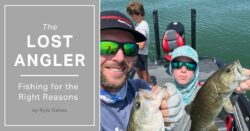
Fishing For The Right Reasons

Fishing as a Co-Angler: Benefits, Challenges, and Techniques
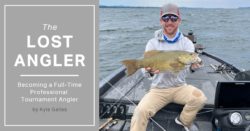

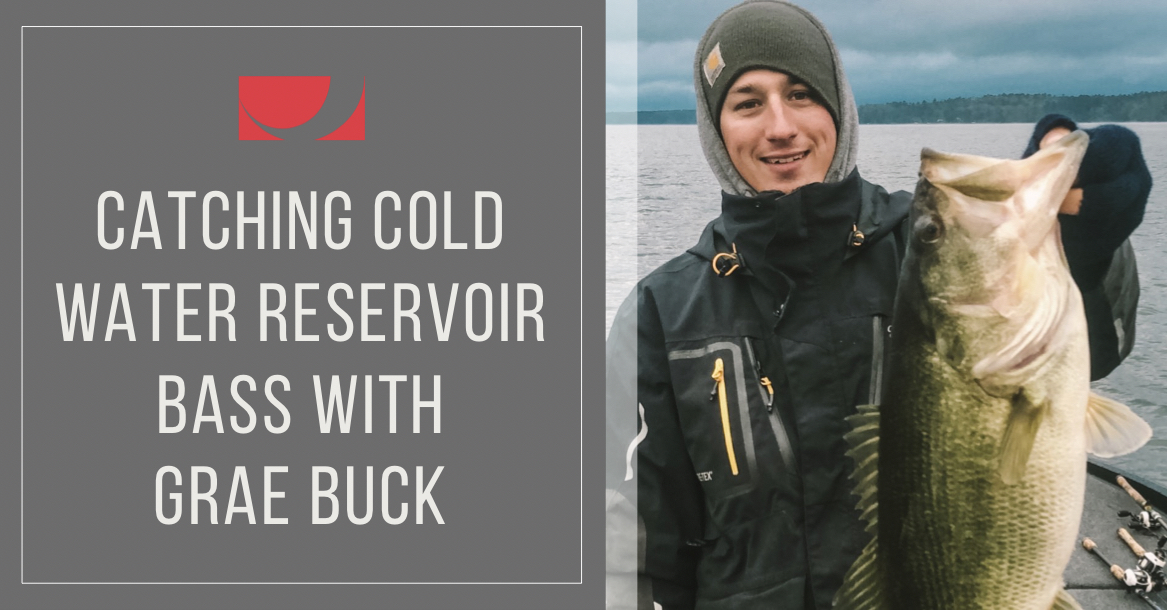
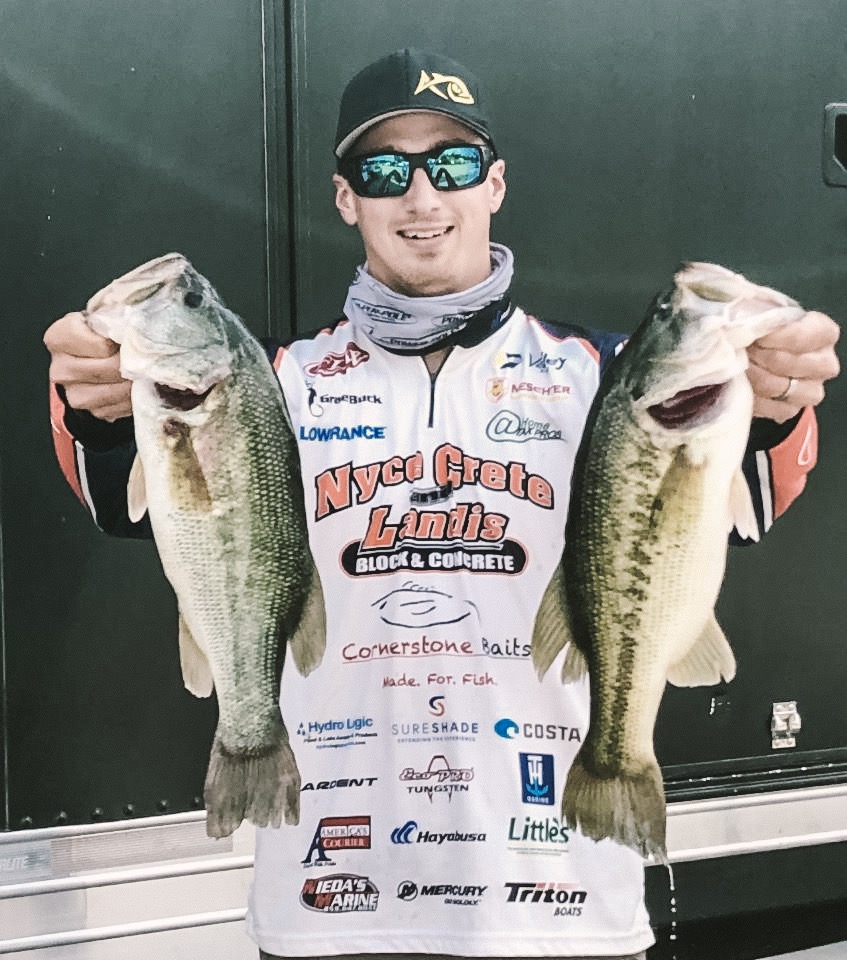
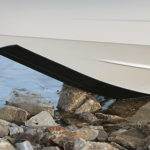

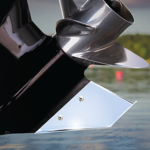

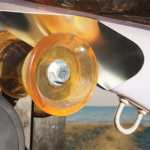
Comments